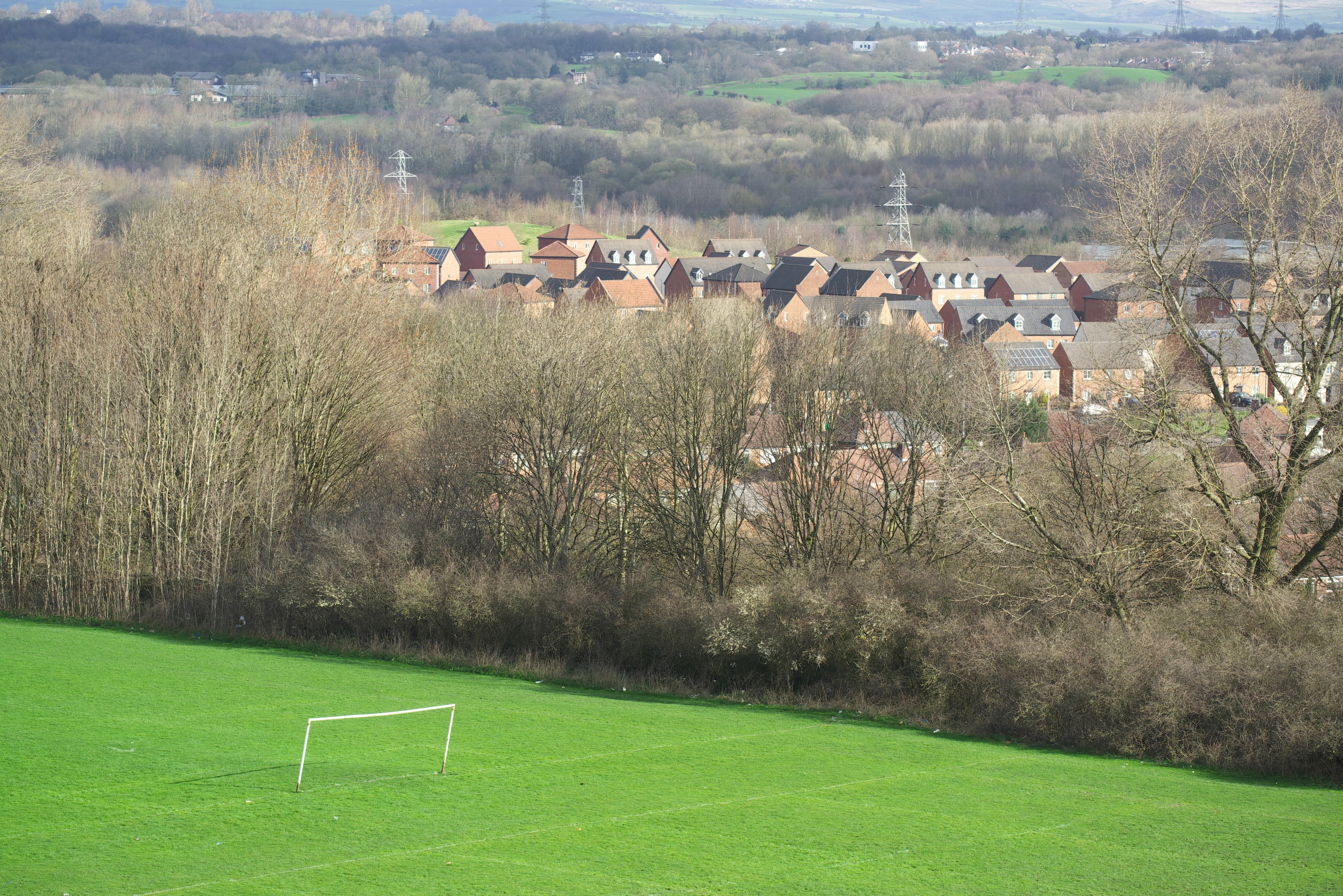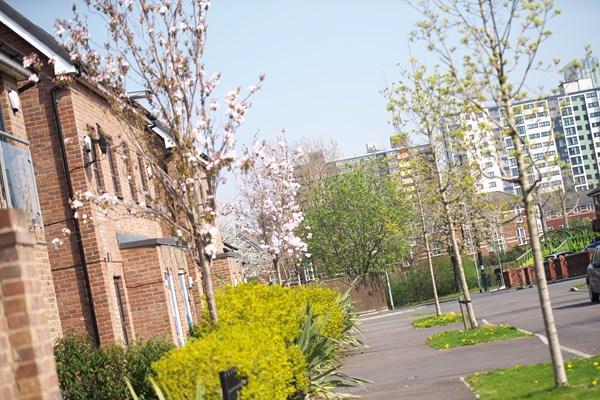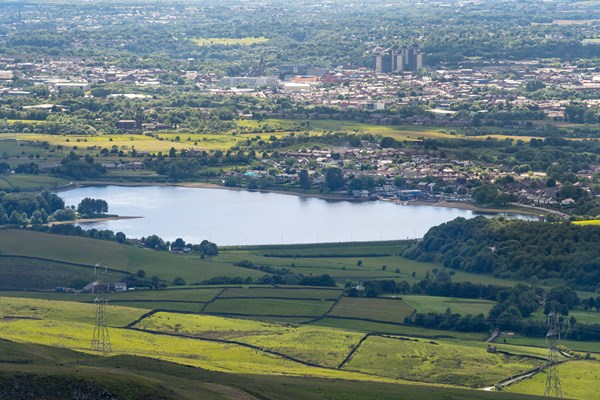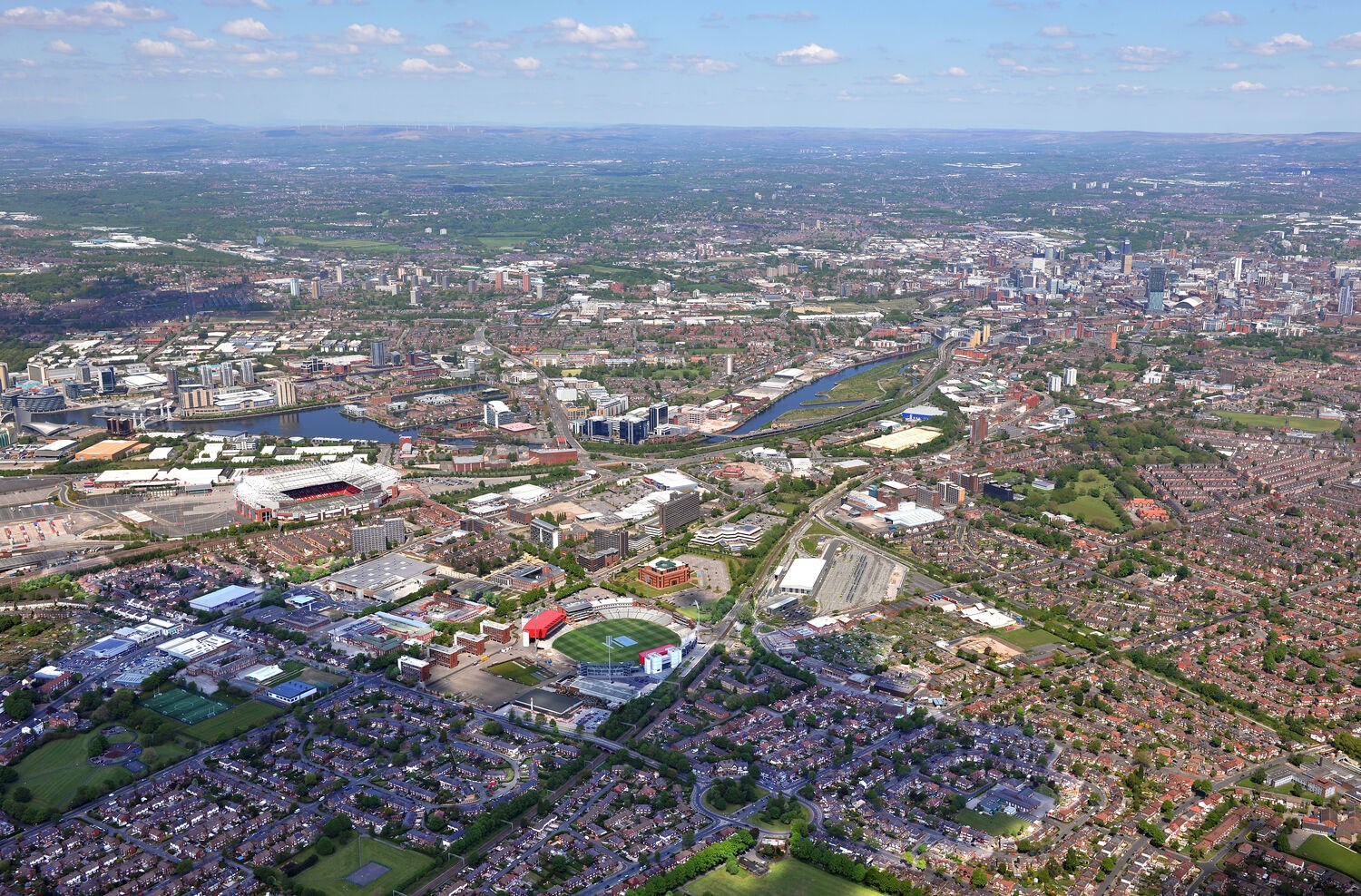
Greater Manchester publishes land available for jobs and homes
Greater Manchester Combined Authority (GMCA) has published data revealing the land identified for future housing and employment developments.
Between now and 2035, Greater Manchester’s councils estimate that there is potentially enough land across Greater Manchester for around 175,000 homes.
Mayor of Greater Manchester, Andy Burnham, said: “We’ve published this data so everyone can see the land we’ve identified for potential development. We’re now asking local people, community groups and others to take a look at these sites and let us know if there are any we have missed, or if there are other sites they think we should consider.
“We’re doing everything we can to increase the land available for development within our existing towns and neighbourhoods, while minimising the impact on our green spaces, and it’s important that local people are involved in this process.
“Together with other regional mayors, I have also written to the Government, urging them to invest in infrastructure, regeneration and brownfield sites which have been unused for years. With this support we could increase the supply and quality of homes, and jobs for the benefits of our citizens. The recent £69m funding from Government through the Housing Investment Fund is a step in the right direction, and we are hoping to conclude our housing deal with then very soon, which will help us prioritise and improve the viability of brownfield development. ”
Supporting this approach is the Mayor’s Town Centre Challenge – an ambitious new initiative designed to both regenerate urban centres across Greater Manchester and help meet the demand for housing.
GMCA’s ‘One Public Estate’ programme is also exploring whether various public sector organisation estates – facilities, space and buildings – could be better shared, perhaps co-locating or sharing some public services across Greater Manchester in order to free up more land for homes.
This summer, Greater Manchester will be asking for the public’s feedback on a rewrite of last year’s spatial framework. The plan will set out our strategic plan for sustainable development between now and 2035, exploring potential sites for new homes, employment opportunities and transport links to get our city moving and growing.
As well as new homes, Greater Manchester authorities are also using the plan to map out the additional infrastructure that would be needed to support any proposed housing developments, such as schools, health services, and public transport. We also want to see improvements to our parks and other green spaces.
The rewritten plan is also expected to focus more heavily on the environment, exploring how we manage flood risk, make the most of our natural resources, and – in line with recommendations coming out of the Mayor’s ‘Green Summit’ – design a Greater Manchester that is healthier, less congested, and more sustainable.
Greater Manchester’s lead for housing, planning and homelessness, and City Mayor for Salford, Paul Dennett, said: “In order to better understand how we can deliver the homes that Greater Manchester needs, we first need to understand where these new homes are likely to be built.
“We must think hard about how we go about growing in the right way. This isn’t simply a numbers game, this is about creating communities and neighbourhoods that are inclusive, sustainable and stand the test of time. It’s also about making sure our public services can meet demand, building the right homes in the right places where people want to live, and finding ways to ensure that our prosperity is shared out across the whole of Greater Manchester, not just a select few areas.
“Rewriting the spatial framework is our opportunity to plan for sustainable development and shape a Greater Manchester that best meets the needs of local people and our environment, and is not just driven by the needs of developers and a market-led free for all but is an opportunity to secure mutually supportive economic, social and environmental outcomes that benefit people now and long into the future
We must explore all the options available to us and make the most of the space we have.”
You can view the data at https://mappinggm.org.uk/
GMCA is calling on people to email GMSFconsultation@greatermanchester-ca.gov.uk with sites they think have been missed in the land supply data. Any new sites submitted will be assessed for their development potential. In total, it’s estimated that 200,000 homes are needed in Greater Manchester.
Article Published: 14/12/2018 11:35 AM



